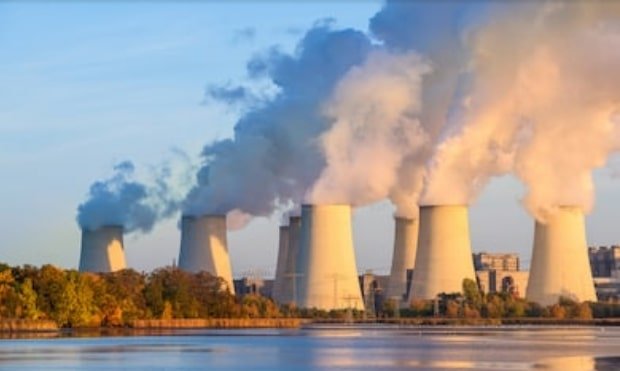Dry Scrubber: Solution for Controlling Toxic Gas Emissions
In a world where industrial activities and human progress are inseparable, the challenge of managing environmental impacts becomes increasingly crucial. One of the most significant concerns is the release of toxic gases into the atmosphere, which poses serious threats to human health and the ecosystem. In this context, dry scrubbing has emerged as a powerful technique for mitigating toxic gas emissions, offering a promising solution to address this pressing issue.
Understanding the Problem: Toxic Gas Emissions
Toxic gas emissions are a result of various industrial processes, such as power generation, manufacturing, and chemical production. These gases, including sulfur dioxide (SO2), nitrogen oxides (NOx), hydrogen sulfide (H2S), and chlorine (Cl2), can have severe health implications for humans, contribute to air pollution, and harm ecosystems. As awareness of these risks grows, finding effective ways to reduce these emissions becomes imperative.
Introducing Dry Scrubbing
Dry scrubbing is an innovative technique designed to control and mitigate toxic gas emissions. Unlike traditional wet scrubbing methods that involve spraying a liquid solution to capture pollutants, dry scrubbing employs a solid sorbent material that reacts with and captures harmful gases.
Advantages of Dry Scrubbing
- Cost-Effectiveness: Dry scrubbing is often more cost-effective due to lower infrastructure and maintenance costs. It doesn’t require complex liquid handling systems or wastewater treatment facilities, making it an attractive option for industries looking to control emissions while minimizing operational expenses.
- Minimal Water Usage: Dry scrubbing is a waterless process. This not only conserves water resources but also eliminates concerns related to water disposal and contamination.
- Space Efficiency: Dry scrubbing systems are generally more compact, making them suitable for facilities with space limitations. This efficiency in space usage can be particularly valuable for retrofitting existing industrial units.
- Versatility: Dry scrubbing can be tailored to address specific pollutants by selecting the appropriate sorbent material. This flexibility allows industries to target multiple types of toxic gases with a single system.


